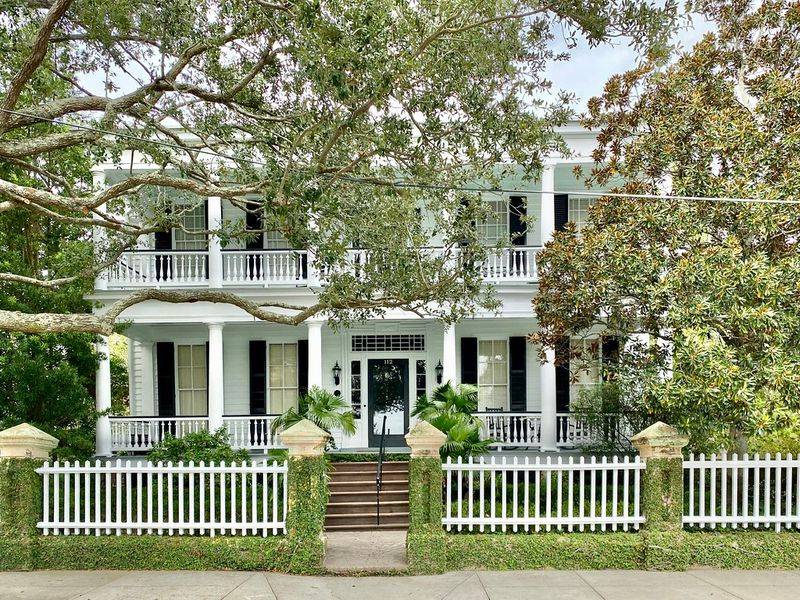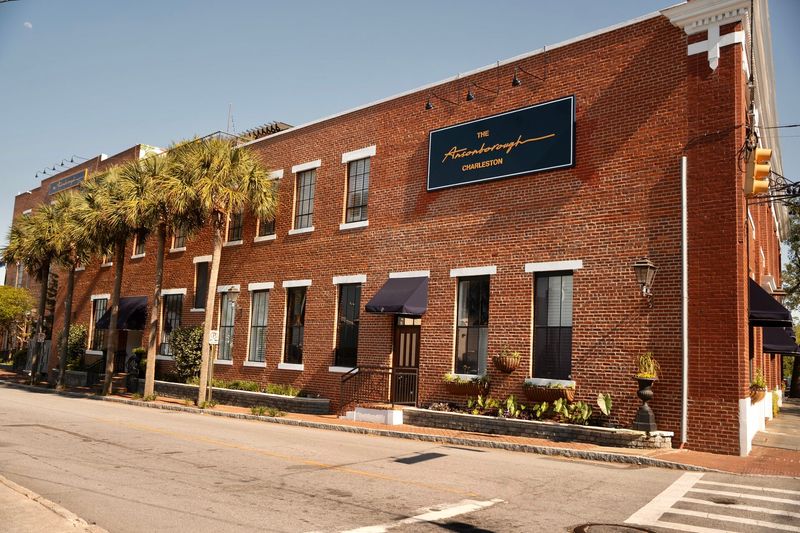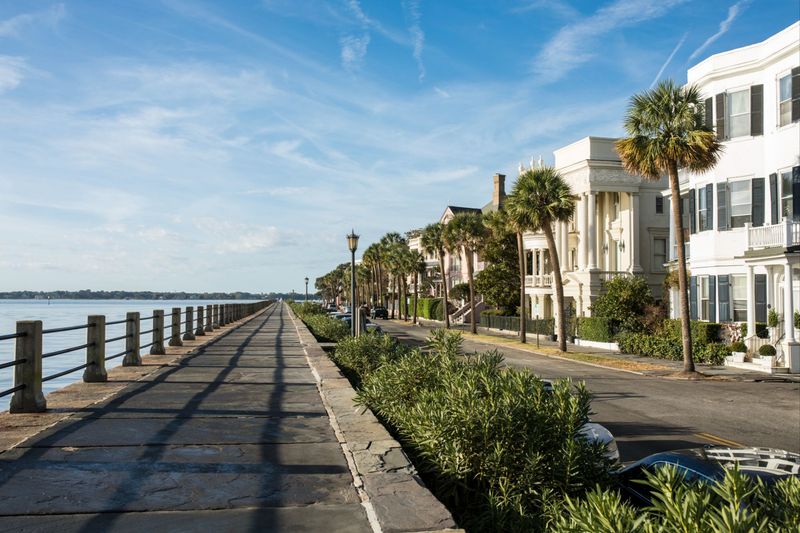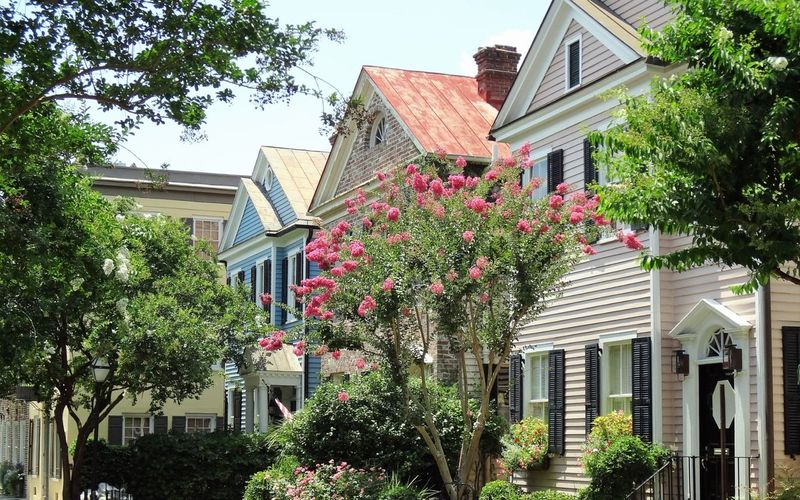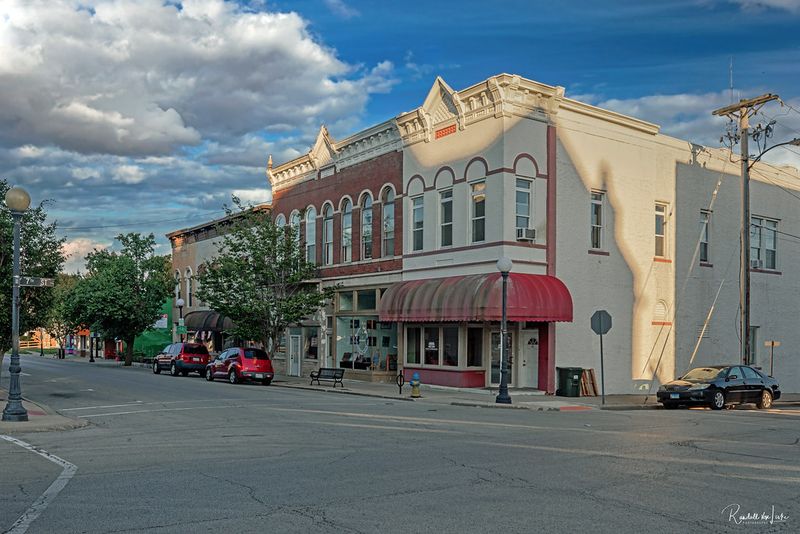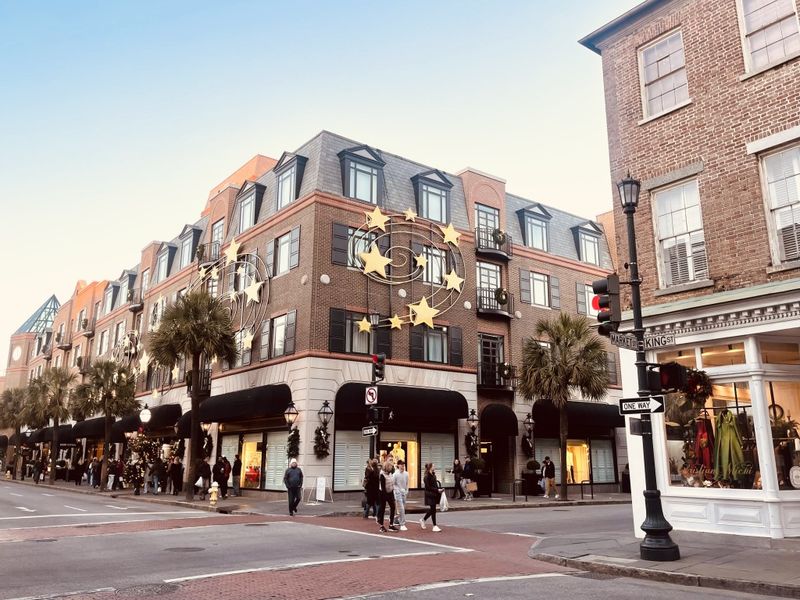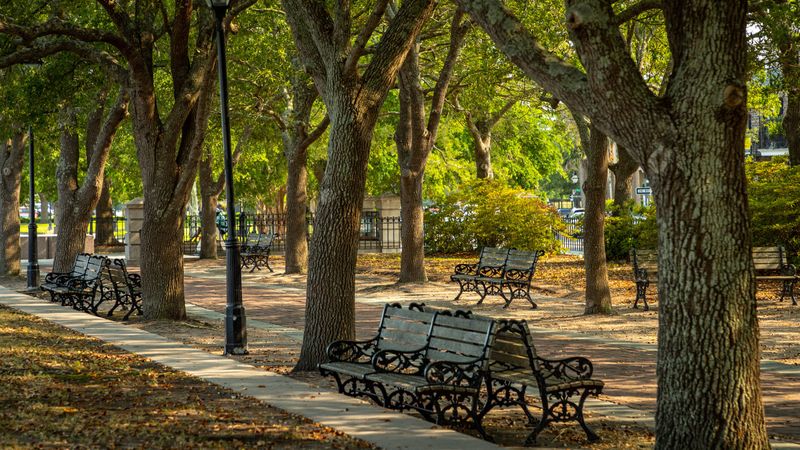Charleston’s cobblestone streets and antebellum mansions tell stories that stretch back centuries. Each historic neighborhood offers its own unique character, from grand plantation homes to cozy artisan cottages. Walking through these districts feels like stepping into a living history book where every corner reveals architectural treasures and fascinating tales. Ready to explore the Holy City’s most captivating neighborhoods?
1. Harleston Village
Rainbow Row’s pastel houses make this neighborhood instantly recognizable around the world. These Georgian-style homes, painted in soft blues, pinks, and yellows, create one of America’s most photographed streetscapes.
Beyond the famous facades, Harleston Village buzzes with local life. College of Charleston students mix with longtime residents on tree-lined streets filled with historic churches and hidden gardens.
Walking tours frequently stop here because every building has a story. From colonial merchants to Civil War survivors, generations have called this waterfront district home, leaving behind architectural gems at every turn.
2. Ansonborough
Artisans and craftspeople originally settled this working-class neighborhood in the 1740s. Today, renovated cottages and converted warehouses create an eclectic mix of old and new Charleston charm.
Market Street runs right through the heart of Ansonborough, connecting residents to Charleston’s famous City Market. Local restaurants and galleries have transformed former industrial buildings into creative spaces that honor the area’s hardworking heritage.
Parking can be tricky here, but walking reveals hidden courtyards and architectural details often missed by car. The neighborhood’s compact size makes it perfect for leisurely strolls between historic sites and modern amenities.
3. South of Broad
Mansion after mansion lines the streets below Broad Street, showcasing Charleston’s wealthiest colonial families’ former homes. These grand estates feature elaborate gardens, wrought-iron gates, and architectural details that took decades to perfect.
Many houses here remain private residences, though some offer public tours during special events. The Battery waterfront park provides stunning harbor views and connects several of the neighborhood’s most impressive properties.
Real estate prices reflect the area’s prestige, making it one of America’s most expensive zip codes. However, sidewalk strolling costs nothing and offers glimpses into Charleston’s golden age of rice and indigo fortunes.
4. Wagener Terrace
Streetcar suburbs don’t get much prettier than Wagener Terrace, where 1920s bungalows create a cozy residential atmosphere. This neighborhood developed when electric trolleys made commuting to downtown Charleston quick and affordable.
Hampton Park anchors the community with 60 acres of green space perfect for picnics and evening walks. The park’s rose garden blooms spectacularly each spring, drawing visitors from across the city.
Local families have discovered this area offers more affordable housing while maintaining easy access to Charleston’s attractions. Tree-canopied streets and friendly neighbors create a small-town feel within the larger city.
5. French Quarter
Despite its name, French Huguenots weren’t the only Europeans who shaped this historic district. English, Scottish, and other settlers also built homes and businesses in what became Charleston’s original commercial center.
Narrow alleyways called “passages” connect larger streets, creating intimate spaces filled with art galleries, antique shops, and cafes. These hidden pathways often surprise first-time visitors exploring on foot.
Architecture enthusiasts love spotting different building styles within just a few blocks. From colonial-era structures to Victorian additions, the French Quarter showcases three centuries of Charleston’s evolving tastes and building techniques.
6. East Side
Gentrification has transformed the East Side from a working-class African American neighborhood into one of Charleston’s hippest areas. Long-time residents now share streets with young professionals drawn by affordable housing and creative energy.
Local murals celebrate the community’s rich cultural heritage while new businesses respect and incorporate historical elements. This balance between preservation and progress creates a unique neighborhood character.
Food trucks, craft breweries, and live music venues have made the East Side a nightlife destination. However, daytime exploration reveals community gardens, historic churches, and residential streets where families have lived for generations.
7. Cannonborough-Elliotborough
Two neighborhoods merged into one create this diverse residential area north of downtown Charleston. Originally separate communities, Cannonborough and Elliotborough now share tree-lined streets filled with everything from tiny cottages to grand Victorians.
Upper King Street runs through the heart of this district, offering restaurants, shops, and entertainment venues within walking distance of most homes. This commercial corridor has experienced significant development in recent years.
Historic preservation efforts have saved many original structures while allowing sensitive new construction. The result is a neighborhood where century-old homes stand comfortably beside modern townhouses and condominiums.
8. Radcliffeborough
Medical University of South Carolina’s presence gives Radcliffeborough a unique energy as students and healthcare workers call this neighborhood home. The campus buildings blend surprisingly well with surrounding historic residential streets.
Affordable housing options attract young professionals and families looking for convenient downtown access without premium prices. Many properties offer renovation opportunities for those willing to invest sweat equity.
Joseph P. Riley Jr. Park, home to the Charleston RiverDogs baseball team, sits on the neighborhood’s edge. Game nights bring crowds through residential streets, creating a lively community atmosphere during baseball season.

